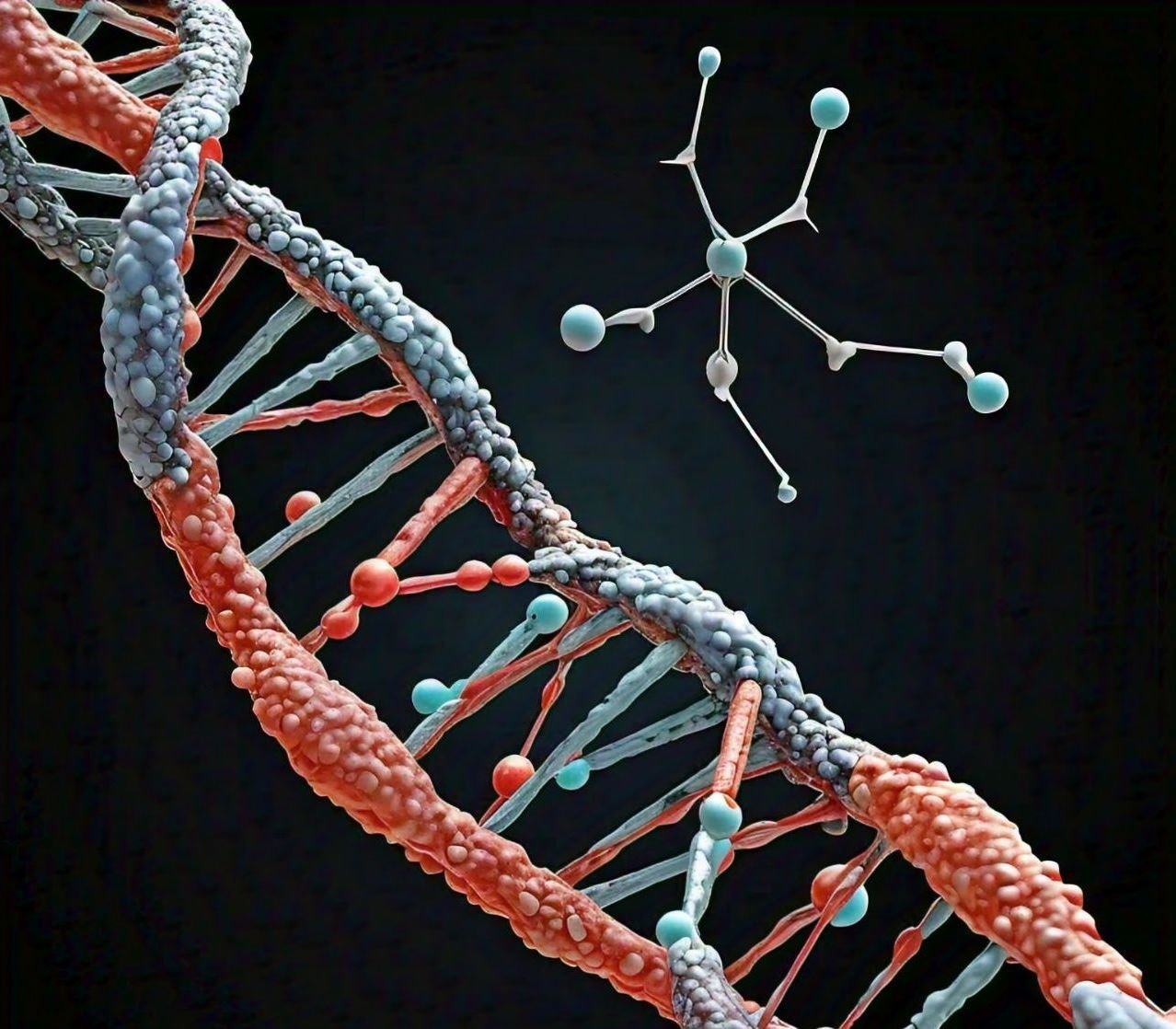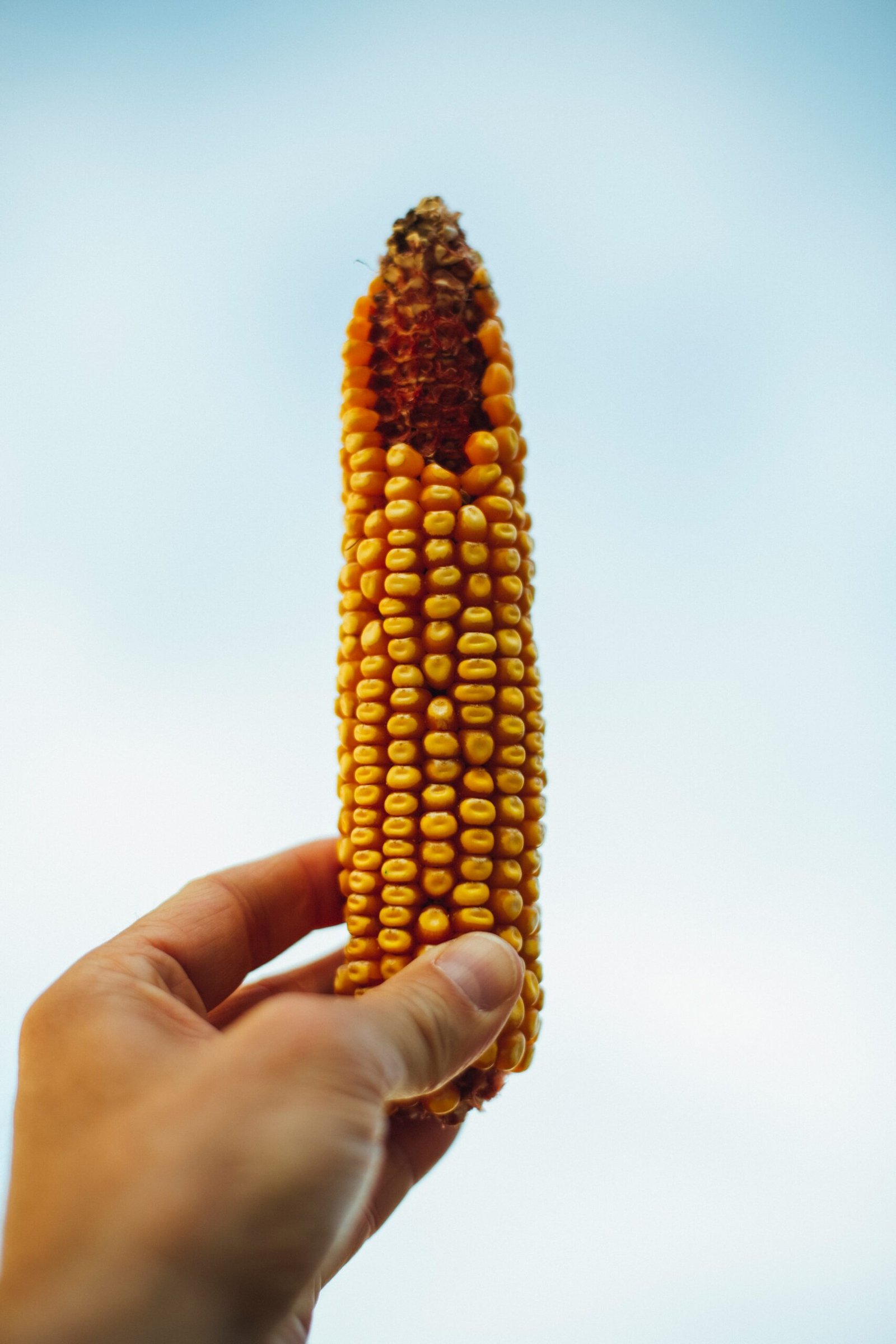What is Research?
Research can be defined as a systematic inquiry aimed at discovering new knowledge, validating existing information, or addressing distinct questions within a particular domain. It encompasses a range of methodologies and strategies that researchers employ to explore hypotheses and gather empirical evidence. Through data collection and analysis, research paves the way for new insights and advancements across various fields including medicine, technology, social sciences, and agriculture.
The importance of research cannot be overstated, as it serves as a foundational pillar for scientific advancement and innovation. In the context of mutation breeding, for instance, research facilitates the understanding of genetic variations and enables the development of improved crop varieties. This scientific endeavor supports food security and agricultural sustainability by addressing challenges such as climate change and pest resistance.
Unlike mere information gathering, research is characterized by its structured approach and adherence to specific protocols. It requires a clear research question, robust methodology, and analysis that allows for reproducibility and verification of findings. This disciplined process differentiates research from casual inquiry, ensuring that the outcomes are reliable and can contribute to a broader understanding of the subject matter.
Additionally, ethical considerations play a crucial role in research practices. Researchers must adhere to ethical guidelines that govern areas such as informed consent, data privacy, and the responsible use of resources. Safeguarding the integrity of research is essential, as it builds public trust and promotes a culture of accountability in scientific endeavors. This emphasis on ethical standards not only protects participants and the environment but also enhances the credibility of research findings.
Factors and Parameters in Research Design
In agricultural research, factors and parameters play crucial roles in designing experiments, analyzing results, and deriving actionable insights. Here’s a breakdown of each:
Factors
Factors refer to the variables or conditions that are manipulated or observed to understand their effects on crop growth, yield, or other outcomes. They are independent variables in an experiment.
Examples of factors in agricultural research include:
- Environmental Factors: Temperature, humidity, rainfall, sunlight, and soil moisture.
- Genetic Factors: Different crop varieties or genotypes.
- Soil-Related Factors: Soil type, pH, nutrient content, and organic matter levels.
- Management Factors: Fertilizer application rate, irrigation level, planting density, and pest control methods.
- Treatment Factors: Different levels of pesticide, fungicide, or herbicide application, as well as mutation or gene-editing treatments.
Parameters
Parameters are measurable characteristics used to quantify or assess the impact of the factors. These are dependent variables that help researchers understand how the factors affect agricultural outcomes.
Examples of parameters in agricultural research include:
- Growth Parameters: Plant height, leaf area, root length, and biomass.
- Yield Parameters: Crop yield, fruit size, weight, seed count, and harvest index.
- Quality Parameters: Nutritional content, sugar levels, oil content, color, and flavor in fruits and vegetables.
- Physiological Parameters: Photosynthesis rate, transpiration rate, chlorophyll content, and enzyme activity.
- Disease Resistance Parameters: Incidence and severity of disease, resistance to specific pathogens, and survival rate.
- Soil and Water Parameters: Soil moisture, salinity levels, pH, and nutrient levels.
Difference Between Factors and Parameters
- Factors are what researchers change or control to assess their effects, often serving as independent variables.
- Parameters are outcomes measured as a result of those factors, providing dependent variables to gauge the influence of each factor.
Together, factors and parameters help in systematically analyzing agricultural practices, plant breeding, and environmental effects to improve crop performance, sustainability, and resilience.
The design of research studies is multifaceted and hinges on numerous critical factors and parameters. To initiate a robust research design, selecting the right research question is paramount. This foundational step informs the direction of the study and guides subsequent methodological choices. A well-defined research question not only enhances clarity but also improves the likelihood of obtaining valid results. It is essential that researchers contemplate the relevance of their inquiries within the broader context of mutation breeding, ensuring that their questions address significant knowledge gaps.
Experimental Design: Inputs, Outputs, and Variables
Experimental design is a critical framework that enables researchers to structure their investigations systematically. It involves clearly defining the input variables, also known as explanatory or independent variables, which are manipulated during the research process. These variables serve as the basis for testing hypotheses and determining their effects on the system being studied.
Key Elements of Experimental Design
- Objective Definition: Clearly state the research question or hypothesis. For example, “How does nitrogen fertilizer rate affect wheat yield?”
- Selection of Treatments: Define what will be tested (e.g., fertilizer rates, irrigation levels, or plant varieties).
- Control and Experimental Groups: Establish control groups for comparison and apply treatments only to experimental groups.
- Randomization: Randomly assign treatments to plots to avoid bias.
- Replication: Repeat treatments across multiple plots to increase reliability and reduce the influence of random variation.
- Blocking: Group similar experimental units (e.g., based on soil type or location) to reduce the impact of confounding factors.
Types of Experimental Designs in Agriculture
- Completely Randomized Design (CRD): Treatments are randomly assigned to each plot. This design is simple but may not account for field variability, making it less suitable for large or highly variable fields.
- Randomized Complete Block Design (RCBD): Treatments are randomized within blocks (groups of similar plots), helping to control field variability. This is commonly used in agricultural research for its effectiveness in handling field heterogeneity.
- Factorial Design: Tests multiple factors simultaneously (e.g., irrigation levels and fertilizer rates) to understand interactions between factors. It is efficient and provides insight into how combined factors affect outcomes.
- Split-Plot Design: Useful when factors have hierarchical importance. The main factor (e.g., irrigation levels) is applied to large plots, while a secondary factor (e.g., fertilizer type) is applied within those plots. This approach reduces the complexity of managing multiple factors.
- Latin Square Design: Useful for experiments with two blocking factors, like row and column effects in a field. This design is helpful for controlling two sources of variation but requires a balanced number of treatments.
- Augmented Design: Adds new treatments (e.g., new crop varieties) into an existing design. It’s commonly used in plant breeding trials where specific treatments (new lines) are limited.
Measurements and Data Collection
- Identify Parameters: Define measurable outcomes (e.g., crop yield, plant height, pest incidence) to evaluate treatment effects.
- Standardize Methods: Use consistent methods to measure each parameter across treatments for comparability.
- Timing and Frequency: Decide when and how often to collect data based on the growth cycle or research needs.
Data Analysis
- Statistical Analysis: Use tools like ANOVA, regression analysis, or mixed-effects models to analyze data and determine significant effects.
- Interpretation of Results: Draw conclusions about treatment impacts, factor interactions, and their agricultural relevance.
Common Applications
- Crop Improvement: Evaluate the effects of breeding lines on yield, disease resistance, or stress tolerance.
- Soil and Water Management: Test soil amendments, irrigation systems, or drainage methods for soil health and water use efficiency.
- Pest and Disease Control: Assess the efficacy of pest management practices or resistance traits.
- Nutrient Management: Experiment with different fertilizer rates and application times to improve nutrient efficiency and crop performance.
Challenges and Considerations
- Field Variability: Natural variability in soil, topography, and microclimate can affect results. Proper design and statistical analysis can help account for this.
- Sample Size and Resources: Adequate replication and sample sizes are essential for reliable results but require resources (land, labor, time).
- Data Interpretation: Careful interpretation is crucial to avoid overgeneralizing or misapplying results to different contexts.
By using well-planned experimental designs, agricultural researchers can obtain valuable insights and develop evidence-based recommendations for improving agricultural practices and sustainability.
Mutation Breeding Research: Questions and Future Directions
Mutation breeding has become a pivotal component in the arena of crop improvement and plant genetics. As researchers delve into this field, they pose various questions aimed at enhancing our understanding of mutation mechanisms and their applications. Key inquiries include the effectiveness of different mutagens, the range of genetic variations they produce, and the implications these variations have on agronomic traits. Understanding these elements is essential for maximizing the potential benefits of mutation breeding in developing new, resilient crop varieties that can withstand environmental stresses.
Current trends in mutation breeding research are characterized by the integration of advanced methodologies. Traditional techniques involving physical and chemical mutagens are increasingly being supplemented with cutting-edge technologies such as CRISPR and genomic sequencing. These innovations enable researchers to pinpoint specific mutations within genomes, facilitating a more precise approach to plant improvement. The advantages of these modern tools not only amplify the efficiency of identifying advantageous traits but also open new avenues for exploring gene interactions that contribute to desirable phenotypes.
Future directions of mutation breeding research suggest a promising landscape driven by technological advancements. The incorporation of genomics and molecular techniques could significantly enhance the speed and accuracy of crop improvement efforts. Moreover, as concerns about food security intensify in the face of climate change and population growth, mutation breeding is poised to play a vital role in developing crops that can thrive under varying environmental conditions. By focusing on traits such as drought resistance, disease tolerance, and nutrient utilization, researchers aim to promote not only improved yield but also sustainable agricultural practices. This synergy between mutation breeding and technological progress holds immense potential for ensuring global food security.
Mutation breeding completed projects in horticulture:
1. Fruit Crops
- Banana: Mutation breeding has helped create varieties with enhanced resistance to diseases like Panama disease (Fusarium wilt) and Black Sigatoka, which are major threats to banana production worldwide.
- Citrus: Mutagenesis has generated seedless and dwarf citrus varieties, improving their appeal and ease of cultivation, especially for small orchards and high-density planting.
- Grapes: Mutation breeding has produced seedless grape varieties and improved fruit quality, including enhanced color, size, and sweetness.
- Apple and Pear: Efforts in apple and pear mutation breeding focus on disease resistance, especially to fungal diseases like scab, as well as altering fruit skin color to enhance market appeal.
2. Vegetable Crops
- Tomato: Mutation breeding has been instrumental in developing tomatoes with improved resistance to various diseases (e.g., bacterial wilt, late blight), better fruit quality, and higher lycopene content for nutritional benefits.
- Potato: Projects have used mutation breeding to develop disease-resistant and drought-tolerant varieties, increasing yield stability in challenging environments.
- Carrot: Mutation-induced varieties of carrot focus on enhancing color (beta-carotene content) for nutritional value and developing root shapes that are easier to process and market.
3. Flowering Plants and Ornamentals
- Roses: Mutation breeding has led to the development of new rose colors and petal forms, as well as varieties with increased resistance to powdery mildew and black spot.
- Chrysanthemums: Mutagenesis in chrysanthemums has produced a range of colors, petal shapes, and flowering times, expanding their ornamental appeal.
- Orchids: Mutation breeding in orchids has been used to enhance flower color, shape, and fragrance, which are valuable traits in the ornamental plant market.
4. Tree Crops
- Coffee: Mutation breeding has generated coffee varieties with increased resistance to coffee leaf rust, a major disease affecting coffee plantations, and varieties with reduced caffeine content.
- Olive: Projects focus on creating mutation-induced varieties with increased drought and salt tolerance, as well as improved oil quality and flavor profile.
5. Herbs and Medicinal Plants
- Stevia: Mutation breeding has been applied to develop Stevia varieties with altered levels of sweetness and enhanced resistance to pests and diseases.
- Ginseng: Breeding efforts aim to increase ginsenoside content (the active compounds in ginseng) and improve resistance to root diseases.
Mutation breeding offers a controlled, accelerated way to explore genetic diversity in these crops, enabling the rapid creation of horticulturally desirable traits. This approach is often combined with tissue culture and molecular marker techniques to identify and select beneficial mutations quickly and precisely.
For further reading
Enhancing Floricultural Traits in Ornamental Crops Through Mutation Breeding






Understanding ANOVA: Its Role In Gene Expression Analysis
[…] biomarkers or therapeutic targets for diseases. Overall, ANOVA enhances understanding of complex biological processes by illuminating how various factors influence gene activity across multiple […]